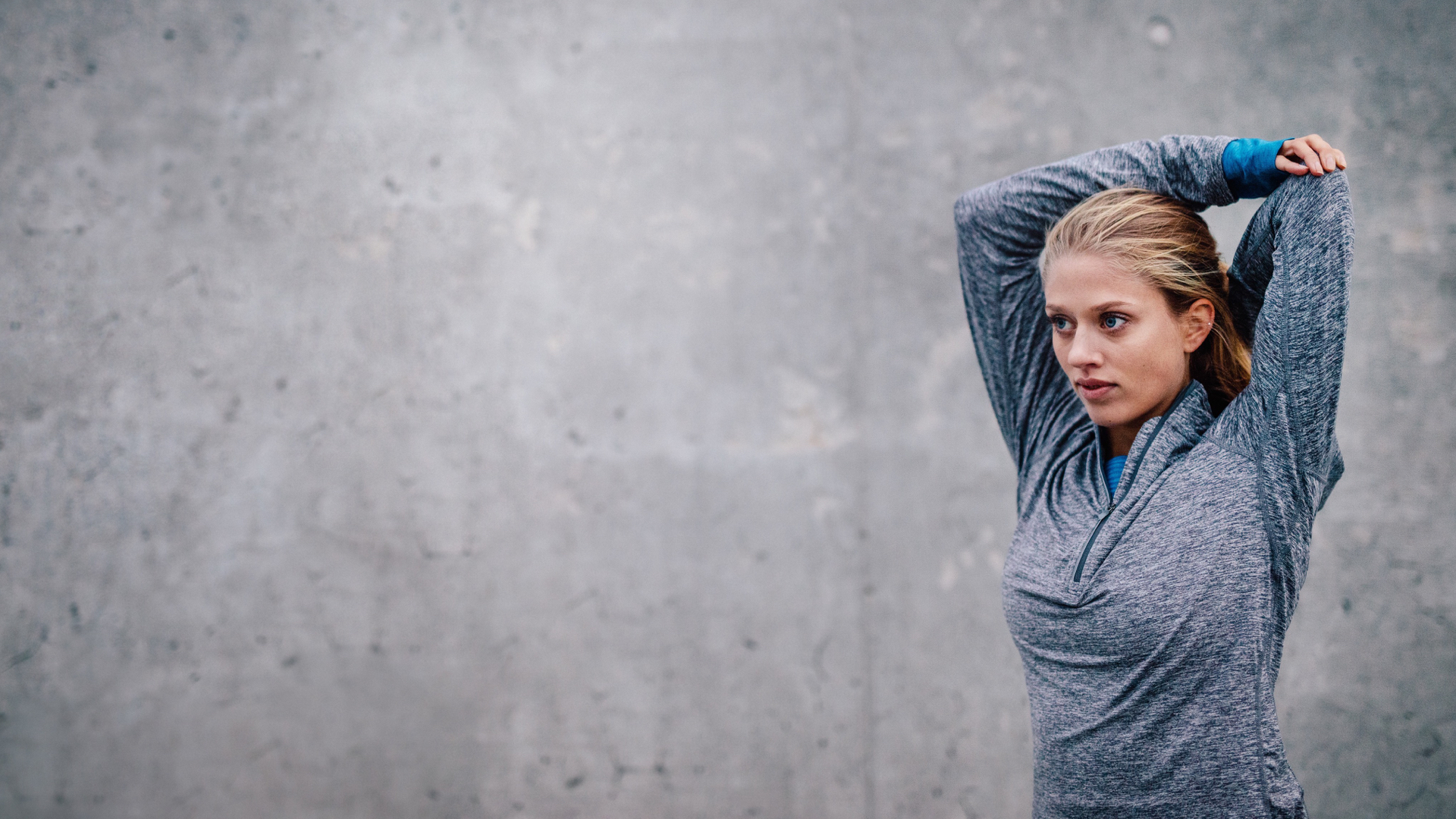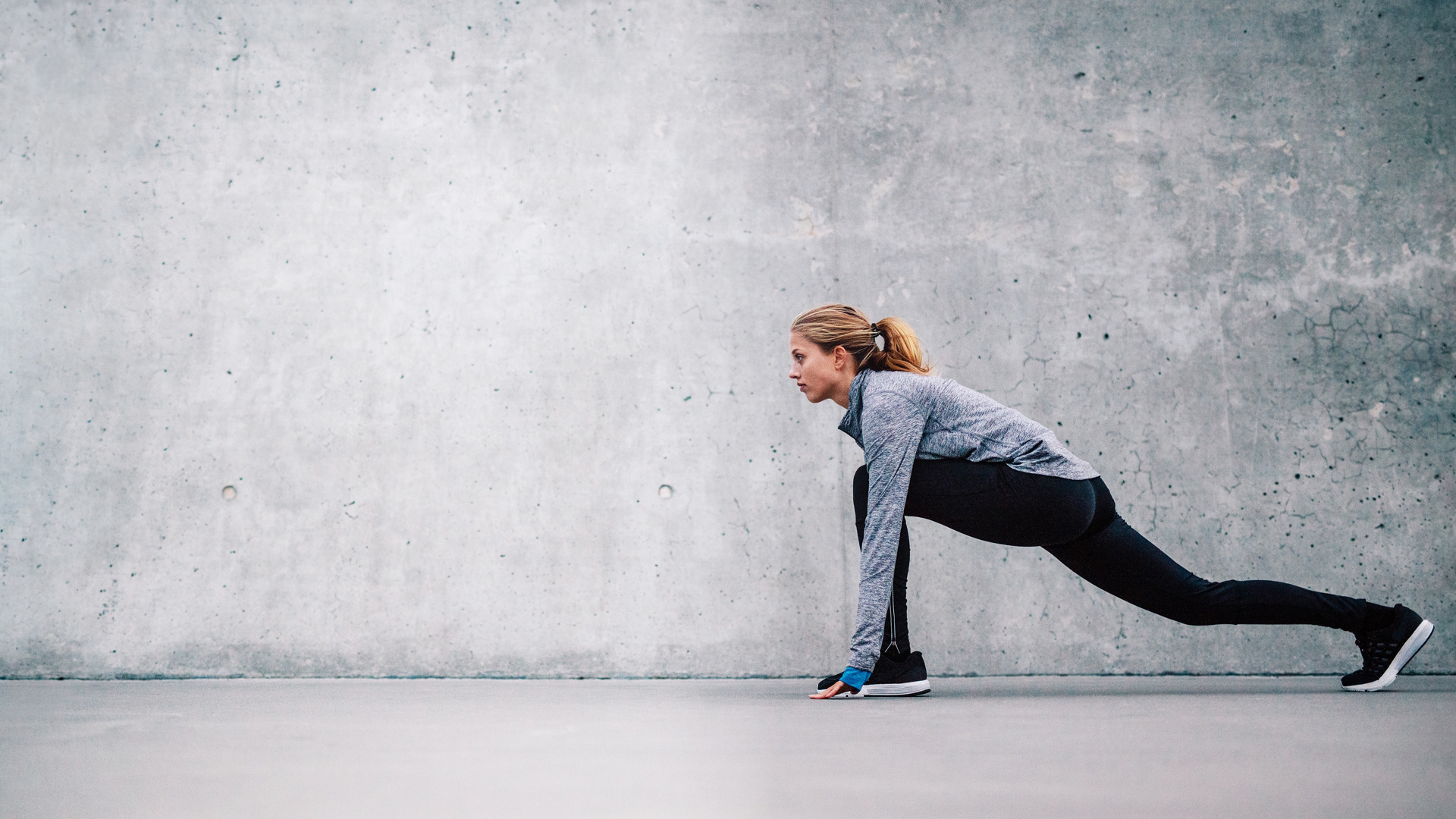
09 Apr Exercise made easy
PiNK 2020 Spring Issue
Getting active shouldn’t be arduous. We look at some simple ways to incorporate exercise into your daily life.
What’s good for your physical health, can help reduce side effects of cancer treatment such as fatigue and weight gain, and can improve your mood? The answer is: exercise.
Starting out, or getting back into exercising, after breast cancer treatment can seem daunting. Even the word ‘exercise’ might be off-putting. But you don’t need a gym membership or any fancy equipment to start being more active.
‘You might begin with some gentle stretching and breathing exercises to help you relieve any unwanted stress and tension,’ says exercise expert Lizzy Davis, who works with women on Moving Forward courses.
‘If you haven’t exercised for some time, take it slowly. Build up and see how you feel each day.’ National guidelines say we should all be doing 150 minutes or more of moderate aerobic activity like brisk walking (or 75 minutes of vigorous activity such as running) every week.
However, the most important message to remember is: something is better than nothing. Even 10 minutes at a time to begin with will have benefits.
Which Acitivity?
There are many ways to incorporate regular activity into your everyday life. Getting out for a walk is probably the easiest way to increase your activity levels.
Swimming or aqua aerobics are also great for fitness, and water reduces stress on the body’s joints. We should also do some muscle-strengthening activities – twice a week or more according to the guidelines. Activities like yoga and pilates are good for muscle strength as well as flexibility. Balance, core and posture exercises are also a great way to strengthen our centre of gravity.
‘Be smart and safe by doing activities that are suitable for you and be sure to speak to your healthcare team before getting started,’ says Lizzy.
‘You might like to keep a diary to log and track your efforts and note changes to how you feel.’
‘You might feel pain, discomfort, stiffness, fatigue or weakness to begin with. It’s important to stop an activity if you experience unusual pain.’
Three exercises to try at home
You don’t need a gym to help you start building strength. Begin with a few repetitions, then slowly build up each day to do 10 to 15 of each.
1. Sit to Stand
This exercise can help strengthen your legs.
- Sitting on a chair with your feet on the floor hip width apart, slowly stand up straight, pushing through your heels, then gently lower yourself back to a sitting position.
- Focus on squeezing your leg and buttock muscles as you stand up and sit down.
- You can put your hands on the chair or your thighs to help push you up, or to make it a bit harder cross your arms across your chest.
2. Wall press-ups
This is a great way to start to build up strength in the chest.
- Stand close to a wall, feet hip distance apart. Place your hands on the wall a little wider than your shoulders, with the tips of your fingers in line with the tops of your shoulders.
- Keeping the elbows wide, breathe in as you lower your body towards the wall. Then exhale as you push the wall away to come back up.
3.Heel raise
This exercise is great for improving balance as well as strength.
- You can hold on to the back of a chair for balance. Standing with your feet hip distance apart, roll onto your toes and lift your heels high off the ground. Then slowly lower down.
- To make things a bit harder, trying doing it without holding onto the chair.
“Exercise helped me to forward”
Jackie Scully built up slowly from walking to running while going through treatment for breast cancer.
‘Exercise got me out into the fresh air during treatment and became a vital part of my self-care routine. When you are going through treatment, sometimes just the thought of exercise can make it hard to get started.’
‘After a mastectomy and DIEP reconstruction surgery, I remember taking things slowly. I started walking on a small stretch of path. I would increase the amount of steps on this path every day. When I felt stronger, I walked further and started marking my progress by counting the number of lampposts I passed.’
‘Making exercise part of my daily routine helped me move forward and made sure I opened that front door every day, even when I didn’t feel like getting out of bed. Building up from walking to running to my first-ever race helped me take control of my body. I called it my life insurance policy.’
‘When I reflect back over treatment, I rarely think about the surgery or the chemotherapy. I think about just how far I’ve come. This year, I celebrate five years since my diagnosis. I feel happier and healthier than ever and I know that has a lot to do with exercise.’
Five tips for getting started
- Start with short walks gentle stretching or deep breathing exercises
- Find a friend to exercise with for added motivation
- Use a walking app or pedometer to monitor your daily step count
- Choose something you enjoy and that works with your lifestyle
- Select a time in the day when your energy levels are higher











